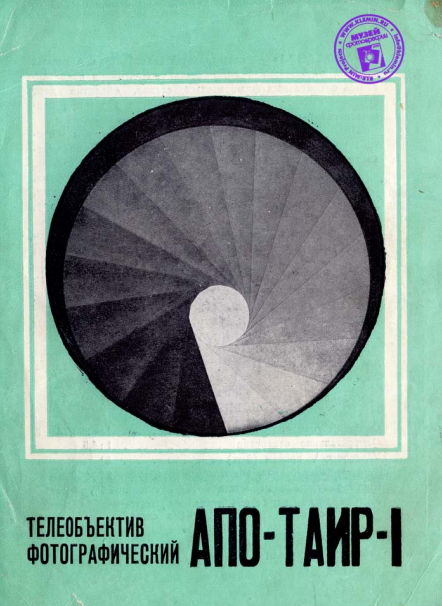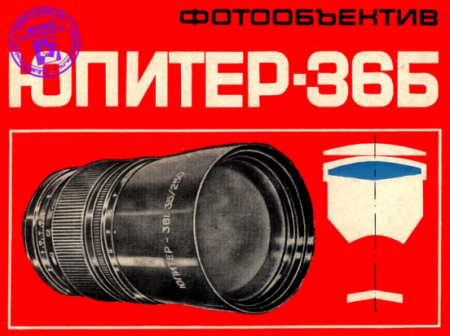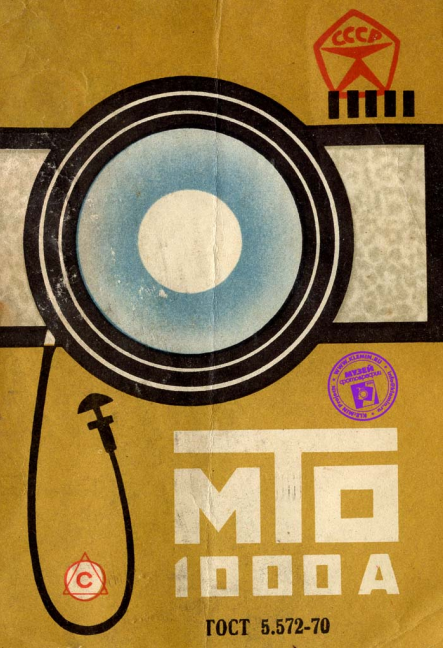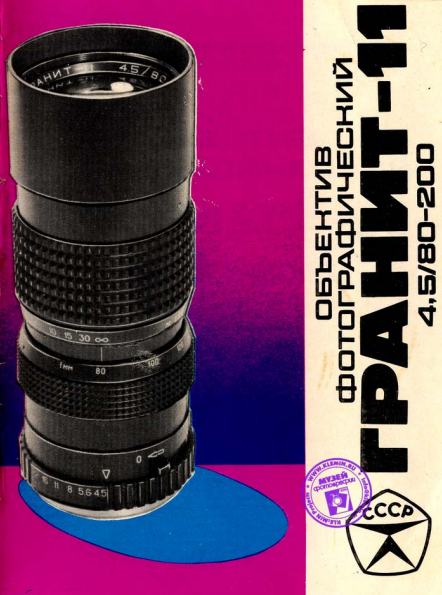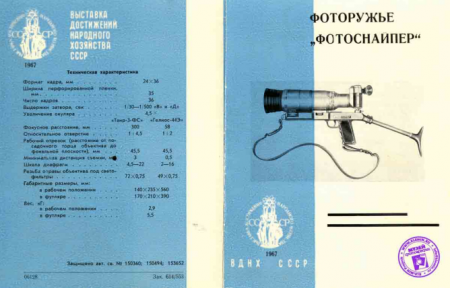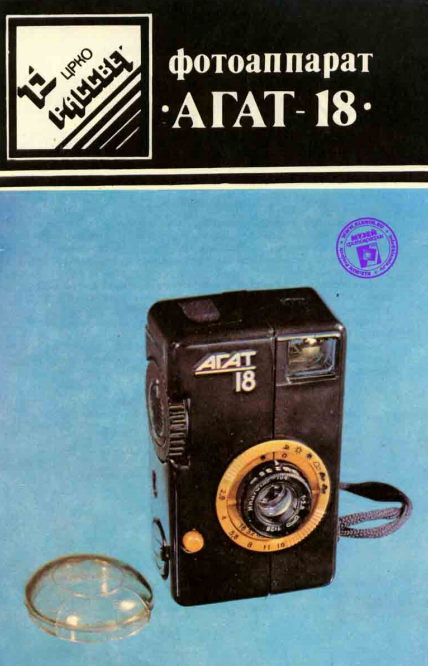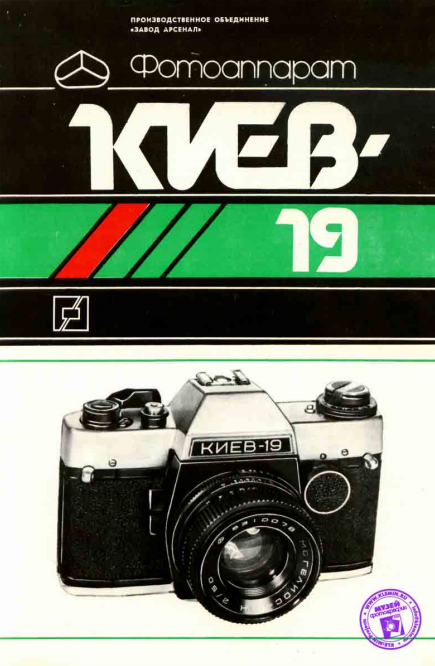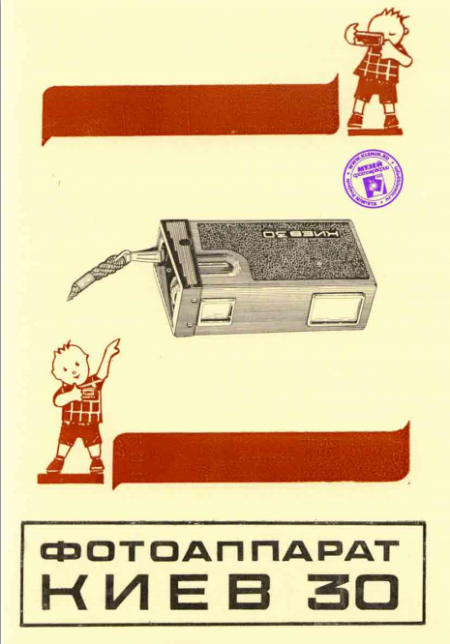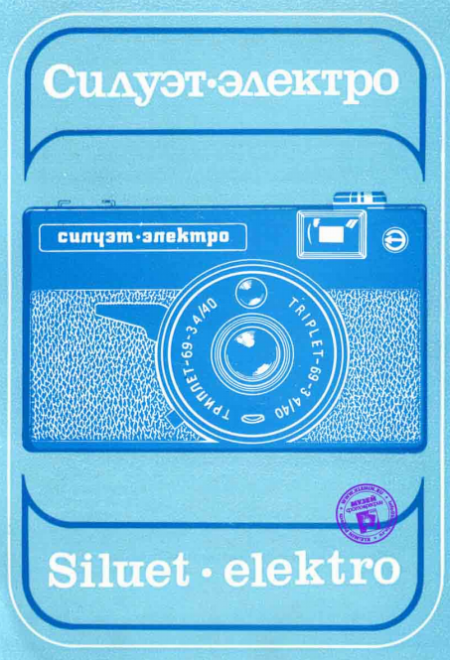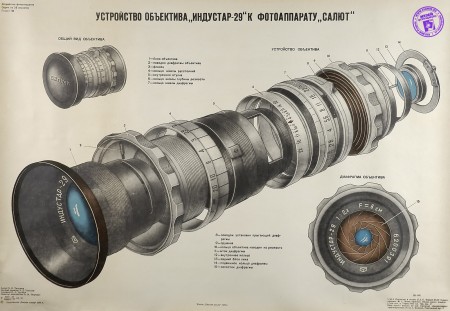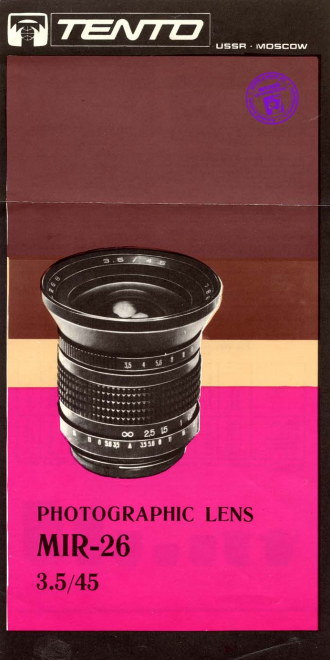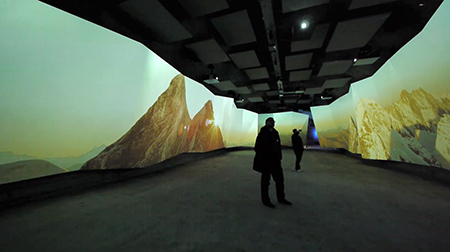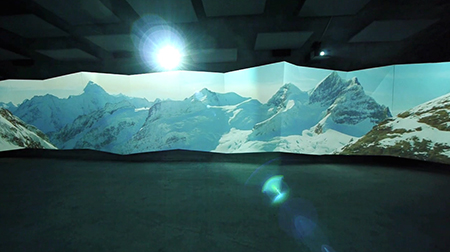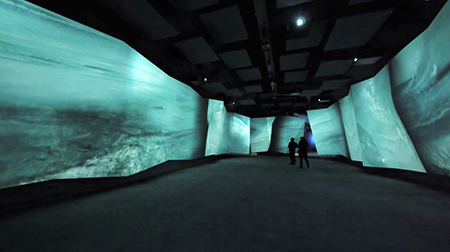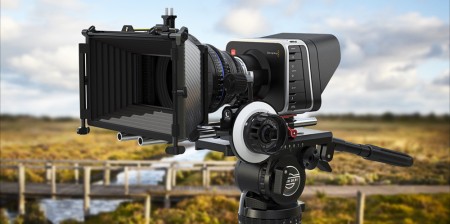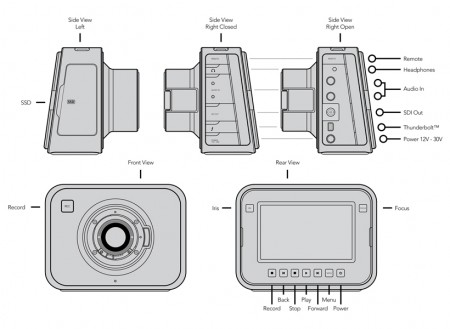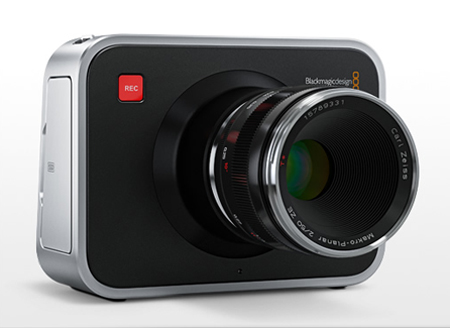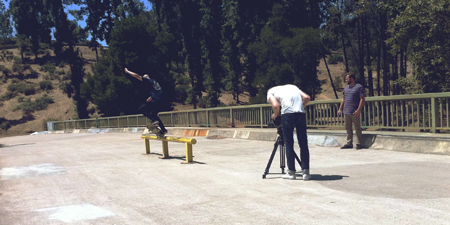Came across a huge collection of camera and lens manuals from the Soviet Union, all of them have that DDR/Cold War feel and look. Being born in communist Poland i’ve been shown a lot of this kind of design thru my whole life, I find a strange attraction to it.
Posts in Cameras
Vintage Russian Camera Manuals
New Camera Media
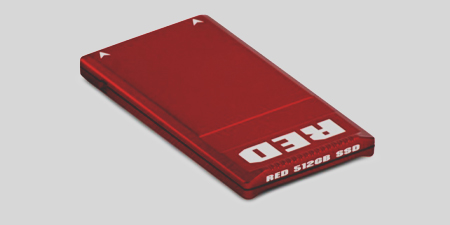
In 2005, I remember switching over to the Panasonic HVX200 camera and feeling like it was the coolest thing ever. It was really the first “affordable” camera that shot HD and was able to shoot slow motion, digitally, up to 60 fps in 1280 x 720p. This was when we were still squashing output to 720 x 480, 4:3, there wasn’t a Vimeo (really), internet video was slowly starting to ramp up and no HD options online. So, that’s the backstory.
Here’s where I’m going with this, the P2 cards that we used to store data on for the HVX were almost 1/3 the price of the camera, $1,200.00 for 8GB in 2007, thanks to a friend sending me a receipt. We’re now using 16GB SD cards in our 1080p DSLRs for something like $18.00.
Yesterday, RED dropped something that made me think, a 512GB SSD card that runs “Turbo”, which means low compression when shooting larger resolutions, such as 5K at 120fps. Red also states that it has faster offload times. This card price tag weighs in at $3,900.00 and it quite literally the size of an iPhone. My first thought was, this is incredibly expensive! Then I went back and looked at what we were paying in 2005/2006 for P2 cards. Relatively speaking, this isn’t that crazy for being on the “bleeding edge”. I’m not sure what they’re running inside the cards, but it’s definitely not an off the shelf SSD configuration inside there with the data rates the camera is capable of getting, sustained.
Of course cameras like the C300 and 5D Mark III shoot CF cards that are under 100 bucks a pop for 32GB, however they’re shooting 1080p. Which for a lot of stuff is enough and looks great, but they still don’t get high frame rates above 30fps at 1080p.
Just thought this was an interesting subject and something to think about regarding the future. What do you think? Are we going to be shooting on 2TB SSD cards in a couple years? Are those cards going to be getting fed an 8K resolution and are we going to be paying $4,000.00 again for those?
Also, I just checked on the Sony solid state cards, and they’re doing 1TB for $5,700.00. So I’m guessing it’s safe to say we’ll be using higher capacity, flash media in the near future. Always interested on hearing other people’s experiences and ideas about this sort of stuff.
JUNGFRAUJOCH 2012 / Medial Scenography
To realise the seamless 360° shots TMS developed and conceived their own unique camera system which enables to produce with a resolution of 17,720 x 1080 pixels. 7 projectors with 13.056 x 1080 pixels resolution.
The world that video projection has opened up, in terms of experiencing an environment, is truly incredible. Projects like this amaze and confuse me. On the technical end, there are so many puzzle pieces that have to fit just right, but then on implementation it’s simple and beautiful. We’re getting closer to full immersion of environments, whatever they may be, the future of this type of work is going to be incredible. I’d really love to experience something like this.
NAB 2012: Blackmagic Cinema Camera
Last week I flew out to Las Vegas alongside the Fiction crew for NAB. The show covers everything from post-production and computer hardware to lenses, cameras and lighting. It’s hard to summarize everything that I saw because I was constantly in overload, so I decided to pick the one product that stuck out, the Blackmagic Digital Cinema Camera.
The Digital Cinema Camera is a Raw ( Cinema DNG 12-Bit ), 2.5K ( 2432 x 1366 ) camera for 3,000.00 USD. There’s a laundry list of features that the camera offers but mainly…it’s very, very cheap and it’s output at 2.5K is RAW. They implemented a Canon EF mount, so everyone transitioning from Canon can do so, easily. Also, it’s all touchscreen and uses off the shelf SSDs as media. The sensor is Micro 4/3 so it’s smaller than a Super35mm ( 7D / Red Epic ) and much smaller than the 5D which is close to 65mm ( In film terms, not still ), but they’re claiming 13 stops of dynamic range on it. The camera only shoots up to 30fps, so it’s not a camera that just beats all the others, but it definitely puts an option out there that a lot of people have been interested in.
From my perspective, it’s not about what the camera looks like, it’s what it delivers when it’s in the timeline. I think this fills a gap that’s been around for the past few years where the Canon DSLRs work for a lot of stuff that’s non-commercial or internet only…this offers professional level images at a bargain price. I think what I’m excited to see is the creativity and quality that’s about to change. I feel like a lot of motion designers and directors starting out use Canon DSLRs for low budget and experimental work and while it looks great now, imagine if these guys and girls are shooting 2.5K RAW and able to really work footage in terms of color, overlays, etc. The camera ships in late July, and they’re also including Davinci Resolve with it. I’m having a hard time not clicking “Add to Cart”.
Here’s a video detailing the camera completely from DSLR Newshooter. I wanted to get in and shoot a little interview but the booth and the 3 or 4 cameras they had out were swarmed every day I was there.
As of right now, I’m heavily invested in a RED Epic and I’m hoping to get together a techincal post on the camera and answer any questions on it in the next month. However, if I didn’t have it, I’d be all over the Digital Cinema Camera.
If you’ve got some time, hop over to their specs page and check it out.
Also, I hope to never hear the phrase “game-changer” again.
SILVER & LIGHT
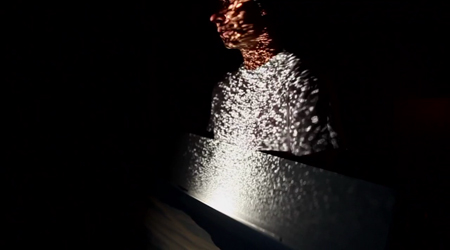
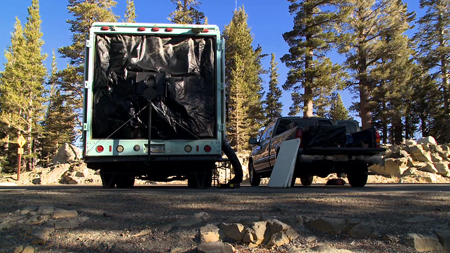
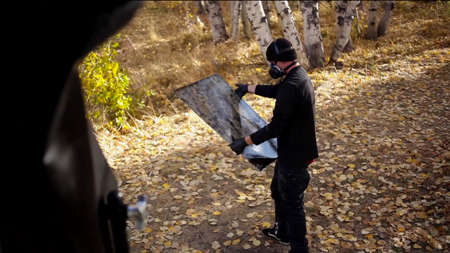
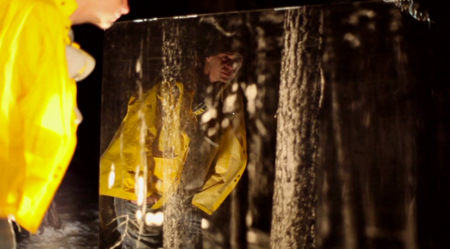
An incredible short documentary on Ian Ruhter and his work with wet plate photography in a camera that is literally a truck. What I love about this, besides the astounding photographs, is the dedication and investment that he’s poured into this project. The piece above explains a lot about how much of himself he’s put into this, at a cost of “$500 a photograph”. Check out the Facebook page, as he’s touring around the country shooting and wants people to get involved and photographed.
This is photography.
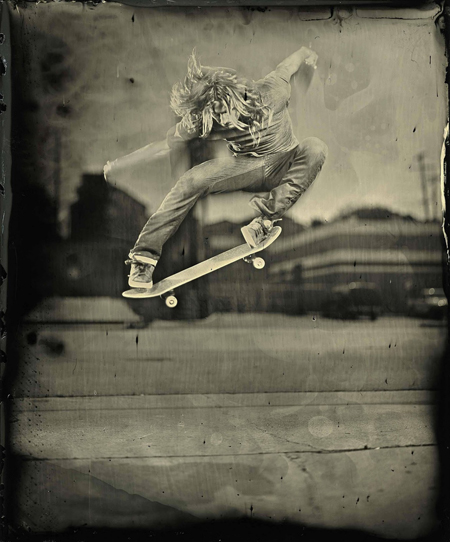
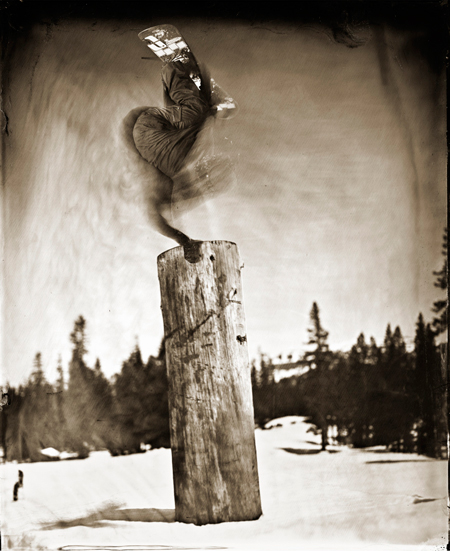
Equally as impressive as the project itself is the video below of captured motion.
Two Weeks with the iSpeed 3
Shooting at 2000fps never gets old. A few months ago I had the opportunity to work with the Olympus iSpeed 3 from Jordy Klein. The iSpeed 3 is a high speed camera that can shoot up to 2000fps at 1280 x 720. It will actually shoot 1280 x 1024 if you want it to but most of us are looking for 16:9, 2:1 or 2:35:1 ratios. I won’t go into too much technical detail, but I’ll respond to any questions about the camera in the comments. It has an on-board CDU (Controller Display Unit) which acts as a monitor and control. Phantom cameras have been using something similar as well, but it’s great to see the progress. This feature is big for high-speed cameras because it means you can be more mobile. It used to be, and still is, that you control these types of cameras via a laptop or desktop computer, the CDU changes that. One other feature of the iSpeed 3 is that it saves to compact flash cards, which we all have. It’ll save uncompressed and a fairly compressed AVI file, as options. The uncompressed file is really high quality for use in post, but takes about 30 minutes to save to the CF, not good for swift production. It was fun to have a camera like this to use on my own for a bit rather than a quick production. However, it was a little overwhelming with the time constraint I had it in to think of stuff to shoot. The most interesting thing, and I don’t think I’m giving away any secrets here was driving around downtown and shooting out the window. Since it’s such a high frame rate you get dolly type shot with people almost frozen in time. I’d like to try that down the road more. Mostly, the things that look the best are the most ridiculous things like breaking something or water.
Shoot anything with water and it’s instantly magical.
Big thanks to Jordy Klein Film and Video, if you need rental equipment definitely check out his site or give him a call. Also thanks to all my friends that subjected themselves to all the random stuff I was egging them on to do.
I’ve posted the few pieces I’ve shot with the camera. The first one up top is a reel of everything I shot in the short time. There’s a bunch more footage, but it’d be dreadfully long if I edited it all together. Hopefully next year I’ll get to test another one.
Be sure to check out Tycho’s tour in 2012, there will be a bunch of footage that I shot with this camera used in the visuals.
Videos after the break:
iCam Concept
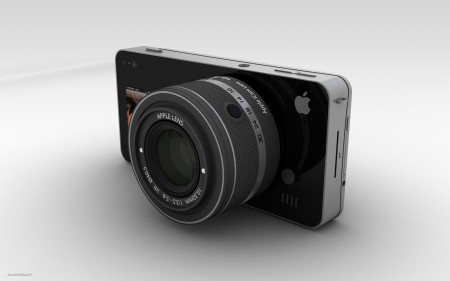
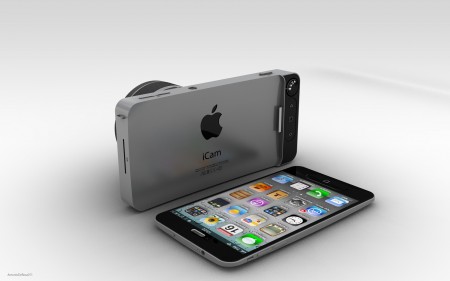
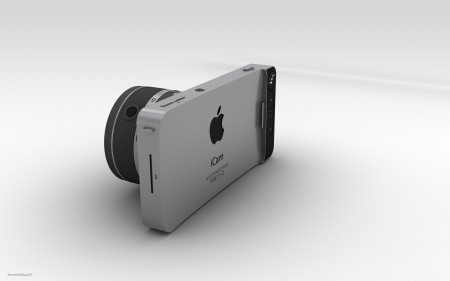
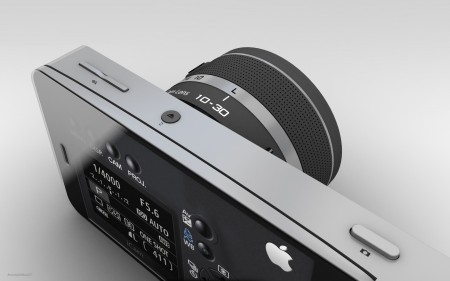
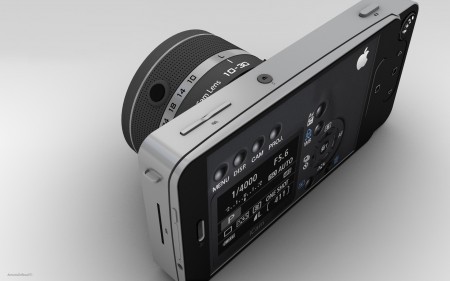
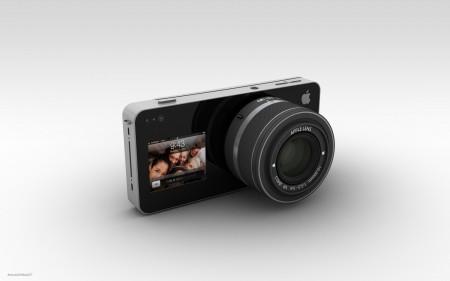
Beautiful renderings of the “iCam”, a concept created by Italian designer Antonio DeRosa. The concept case would add interchangeable lenses — along with various other features — to the iPhone 5. Very reminiscent of the Camera Futura concept. I would certainly be first in line for something like this; I love the idea of these modular devices that leverage the processing power of computing devices, like an iPhone, that you may already have. I know it’s a long shot, but let’s hope this makes it out of concept-land.
On a side note, still waiting to upgrade to the 4S (I think I can get it December 10th without getting gouged), can’t wait to check out the camera on there, seen some pretty amazing things from my friends who have the 4S already.
Fiji Vignettes
Here’s a beautiful 3 part vignette shot by director Riley Blakeway of Taj Burrow and friends in Fiji. Filming in a place like this, with surfers of this caliber, you’d expect it to look great and it does. Riley goes a little further to make it something else with the color and grain work, which I really appreciate. All three pieces have a great organic film-like grain and the color grading is spot. A feeling and look that you can’t just do with a plug-in.
When I first watched it, I was convinced this was 16mm and maybe super 8mm in spots. Here’s the kicker, “All of the surf vision was shot with the EX1.” says Blakeway. He also added that intros and outros were super 8mm. The camera is the Sony PMW-EX1, a type of camera that is similar to what a lot of us were used to shooting with before the Canon DSLR days. Not a 5D, 60D or even a RED Epic, which is great to see. I’ll try not to get into the technical too much on this, because it’s simply well shot, well edited and graded. His attention to detail is great on these, well done Riley.
Lytro Light Field Camera
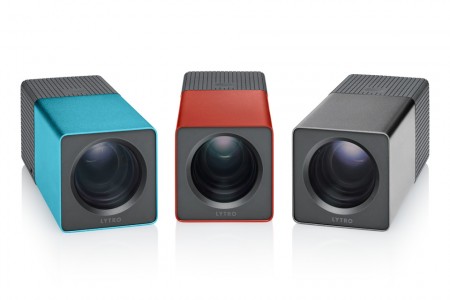
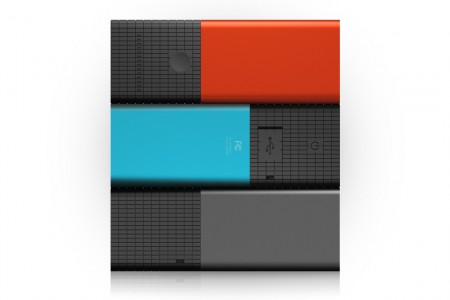
Lytro released its revolutionary Light Field Camera last week. Apart from its unique design, the camera uses a different type of sensor to capture light fields, allowing photographers to focus images after shooting them. It also allows users to capture three-dimensional shots with a single lens. Check out their picture gallery for a chance to see light fields in action.
I can see this technology being particularly useful in point-and-shoots and Blade Runner-esque “enhance” sequences, but I’m really interested in its creative applications. On one hand it takes away from the artistic choices available to photographers, but on the other hand it opens up a whole new set of possibilities. Either way it will be interesting to see what people come up with.
Lytro via All Things D
NASA Hasselblad Manual
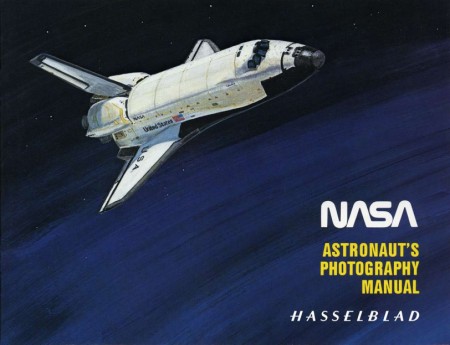
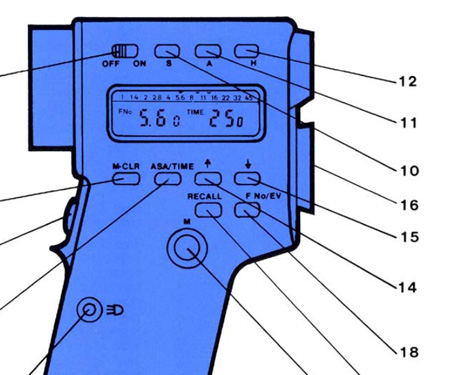
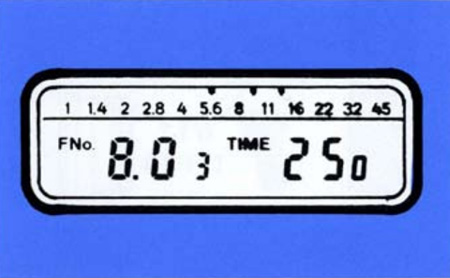
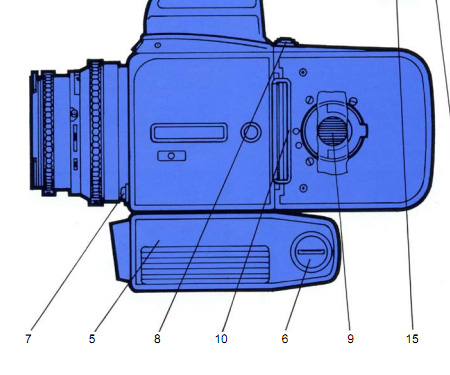
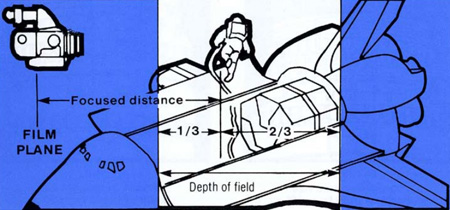
A great PDF of Hasselblad’s the guidebook for the NASA Photography Training Program can be had here. The guide focuses on the operation of the 500 EL/M, which was the official NASA camera.
Related viewing: NASA Hasselblad Auction photos
